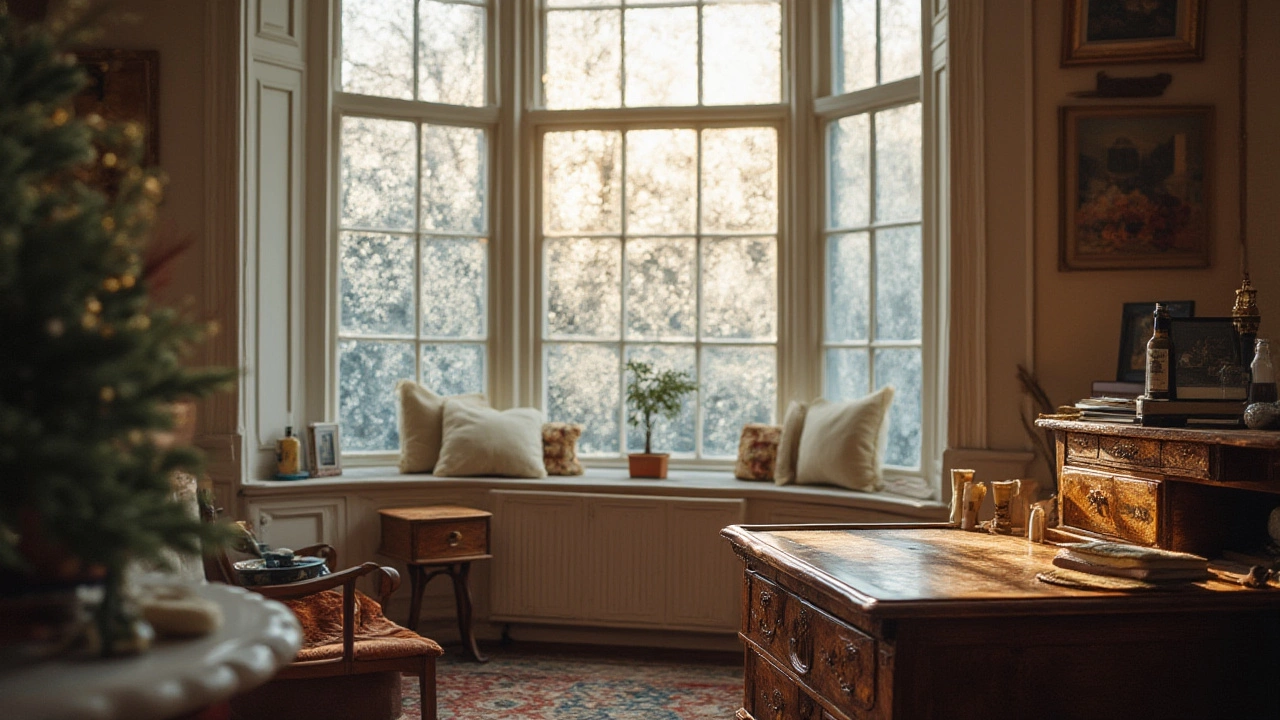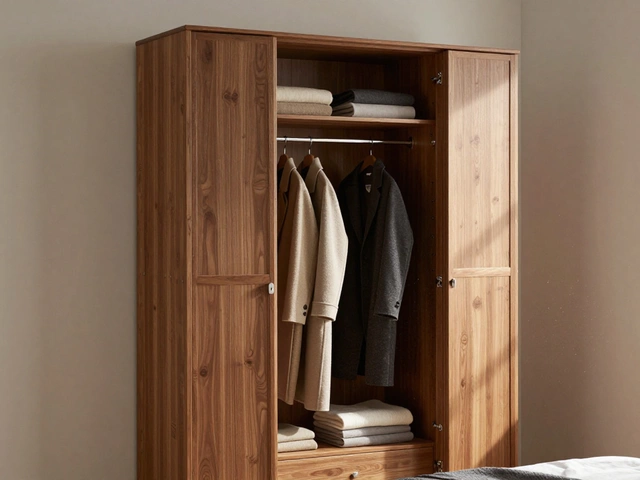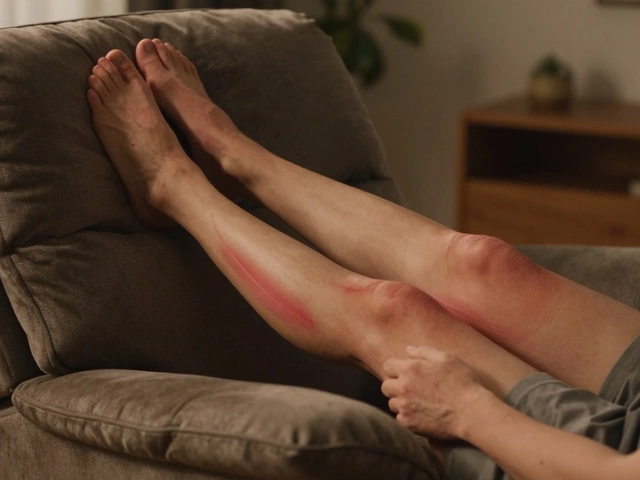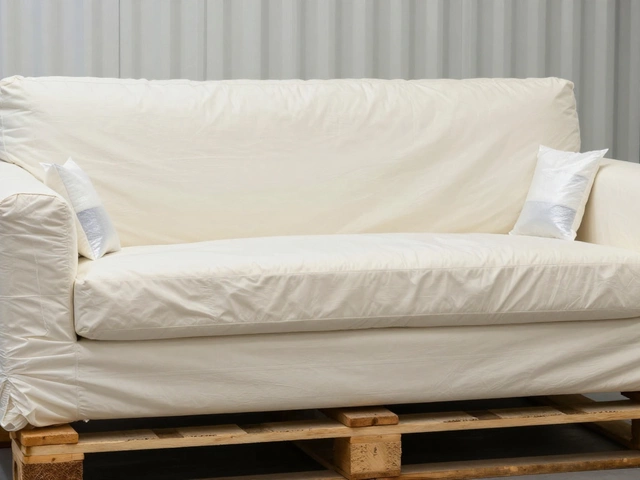Furniture Cold Damage – Spot, Prevent & Fix It
Winter can be brutal on the things you love in your home. When the temperature drops, wood can crack, metal can warp and fabrics can become brittle. Knowing what to look for and how to act quickly can save you money and keep your bedroom or living room looking great.
What Cold Damage Looks Like
First, notice any new cracks in wooden tables or wardrobes. Cold makes wood shrink, and the stress shows up as fine splits or even larger gaps. Metal frames, like those on beds or outdoor pieces stored indoors, may start to feel stiff or develop rust spots faster under freezing conditions. Upholstered chairs can lose their bounce – the foam gets hard and the fabric may develop tiny tears.
A quick test is to run your hand over a surface. If it feels oddly dry or the finish feels chalky, the cold has likely taken a toll. Also, listen for creaks when you move the furniture; those noises often mean the structure is under strain.
How to Prevent Cold Damage
Keep furniture away from drafty windows and doors. Even a small gap can let cold air in and cause uneven temperature changes. If you store pieces in a garage or attic, add a thermal blanket or moving blanket to wrap them – it’s cheap and effective.
Humidity matters too. Use a small humidifier in rooms where you keep wooden furniture, especially in the dry months. Aim for 40‑50% humidity; that range keeps wood from shrinking too fast.
For metal frames, a light coat of rust‑inhibiting oil or spray once a season creates a protective barrier. It takes only a few minutes and stops rust before it starts.
Upholstered items benefit from a fabric protector spray. It adds a thin layer that helps the material stay flexible when the air gets chilly.
Fixing Cold Damage Quickly
If you see cracks, sand them lightly and fill with a wood filler that matches the colour. Once it dries, wipe it down and apply a fresh coat of varnish or paint. This seals the wood and stops the crack from spreading.
Metal warping can often be fixed with gentle heating. Use a hair dryer on a low setting and warm the warped area just enough to make it pliable, then bend it back into shape. Follow up with a rust‑prevention spray.
For upholstered foam that feels hard, replace the foam core. You can buy a cut‑to‑size foam pad at most hardware stores. Slip it in, zip the cover back up, and you’ll feel the comfort return instantly.
Finally, give everything a good polish. A wax or oil finish not only makes furniture look shiny but also adds a protective layer against future cold snaps.
Cold weather doesn’t have to ruin your home’s look. With a few simple checks, some preventive steps, and quick fixes, you can keep your furniture looking fresh all winter long.
How Cold is Too Cold for Furniture? Protecting Your Home Pieces from Extreme Temperatures
How low can temps go before your furniture cracks, warps, or suffers hidden damage? Find out the cold truth behind furniture survival, care tips, and which pieces need the most protection now.







